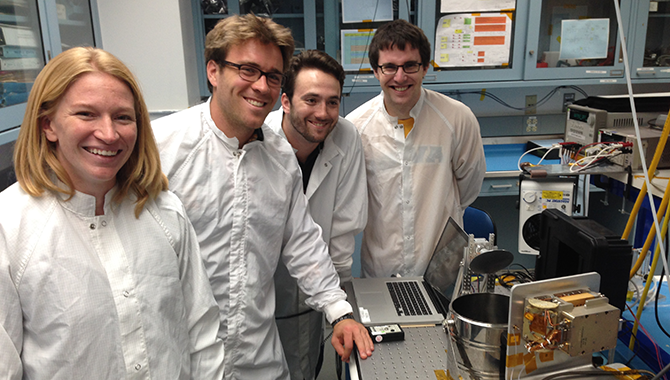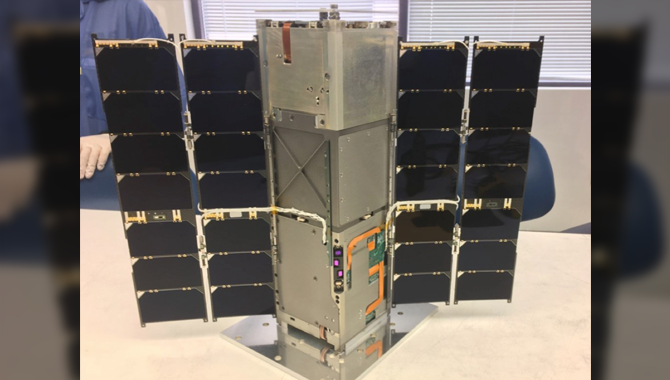
Voyager. Hubble. Cassini. These and many other NASA missions made some of their greatest scientific discoveries long after their original goal was achieved.
The original, or prime, phase of a NASA space mission typically gets the most attention. It is when the scope and scientific objectives are established, the hardware and software designed and constructed, and the launch takes place. Often, unprecedented science is returned—sometimes quickly, sometimes over years. It is also the phase in which the largest financial investment is made.
Yet sometimes the scientific productivity of a mission increases after the conclusion of the prime phase. NASA’s Science Mission Directorate (SMD)—which consists of the Astrophysics, Earth Science, Heliophysics, and Planetary Science divisions—currently maintains about 60 active space science missions, of which 45 are in the extended mission phase. Extended missions offer high-value science return for only a modest additional investment. In fact, the extended missions of the SMD account for only 12% of the directorate’s entire budget even though they comprise three-quarters of the space-based initiatives.
The SMD decides whether or not to extend a mission through a process called the Senior Review. This peer-review practice began in 1990 in the Astrophysics Division and was eventually adopted by the rest of the SMD divisions. The Senior Review process was formalized through the NASA Authorization Act of 2005 (which was reaffirmed in 2010), and now all mission extension requests follow a variation on the same process.
One thing the Authorization Act does not do is state how NASA should conduct its mission-extension reviews. To maximize efficiencies, in 2015 the agency formally asked the National Academies of Sciences, Engineering, and Medicine to review its current processes and make recommendations for improvement. Specifically, the National Academies was asked to establish a committee that would assess the scientific benefits of mission extensions, current processes, time frame for reviews, balance between operating new and extended missions, and potential cost-reduction measures.
In a recent report, Extending Science: NASA’s Space Science Mission Extensions and the Senior Review Process, the National Academies’ committee recommended a number of modifications to the existing process but concluded overall that NASA has an effective Senior Review protocol in place. The balance between new and extended missions appears excellent, and the agency has instituted numerous best practices for reviewing extended-mission proposals. The committee also determined that extended missions are extremely cost effective, as they deliver high-value science for relatively little additional funding.
Currently, Senior Reviews are conducted every two years for missions beyond the prime phase. A primary recommendation in the report is to reduce the frequency of the reviews to once every three years. Doing so is expected to lighten the burden on all involved—NASA, the volunteer review panels, and the mission teams—while increasing the efficiency of the process. The key to effectively instituting a triennial approach will be to ensure that regular assessments of spacecraft and instrument health take place during the intervening years so that Senior Reviews are based on up-to-date information. In order to change the frequency of the reviews, NASA will need to work with Congress to revise the requirements in the Authorization Act.
A second key recommendation in the report is to maintain flexibility in the Senior Review process. While a uniform format might appear ideal, it is critical that each review is flexible enough to address the distinct features of the project in question. A one-size-fits-all approach will decrease the value of the reviews, as each mission has unique concerns and goals. For example, some extended missions accept greater risk than others based on the age of the spacecraft and instruments. In other cases, NASA may need to shift the scheduling of a review to avoid mission-critical events, an existing practice that the National Academies committee recommends maintaining.
Overall, the report found that “NASA’s approach to extended missions is fundamentally sound and merits continued support.”
Read the entire report: Extending Science: NASA’s Space Science Mission Extensions and the Senior Review Process.









